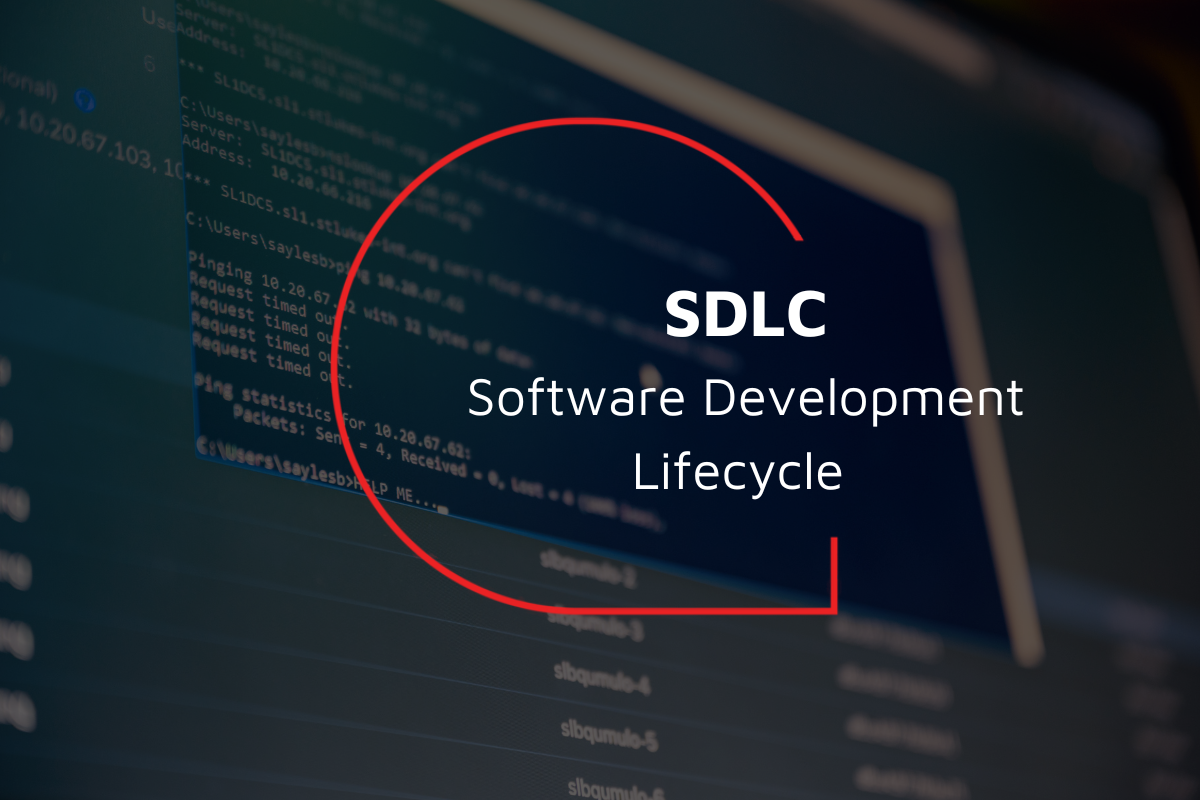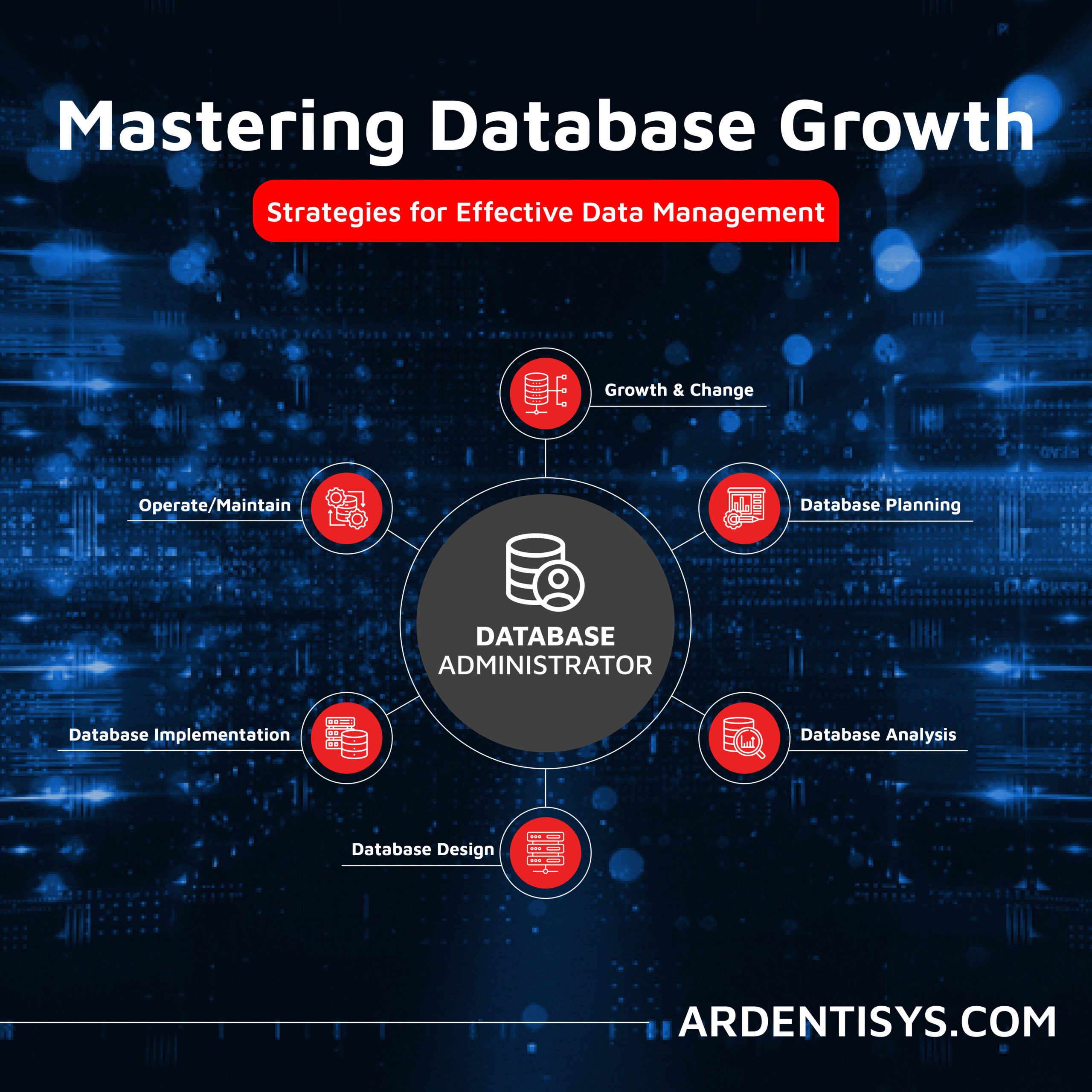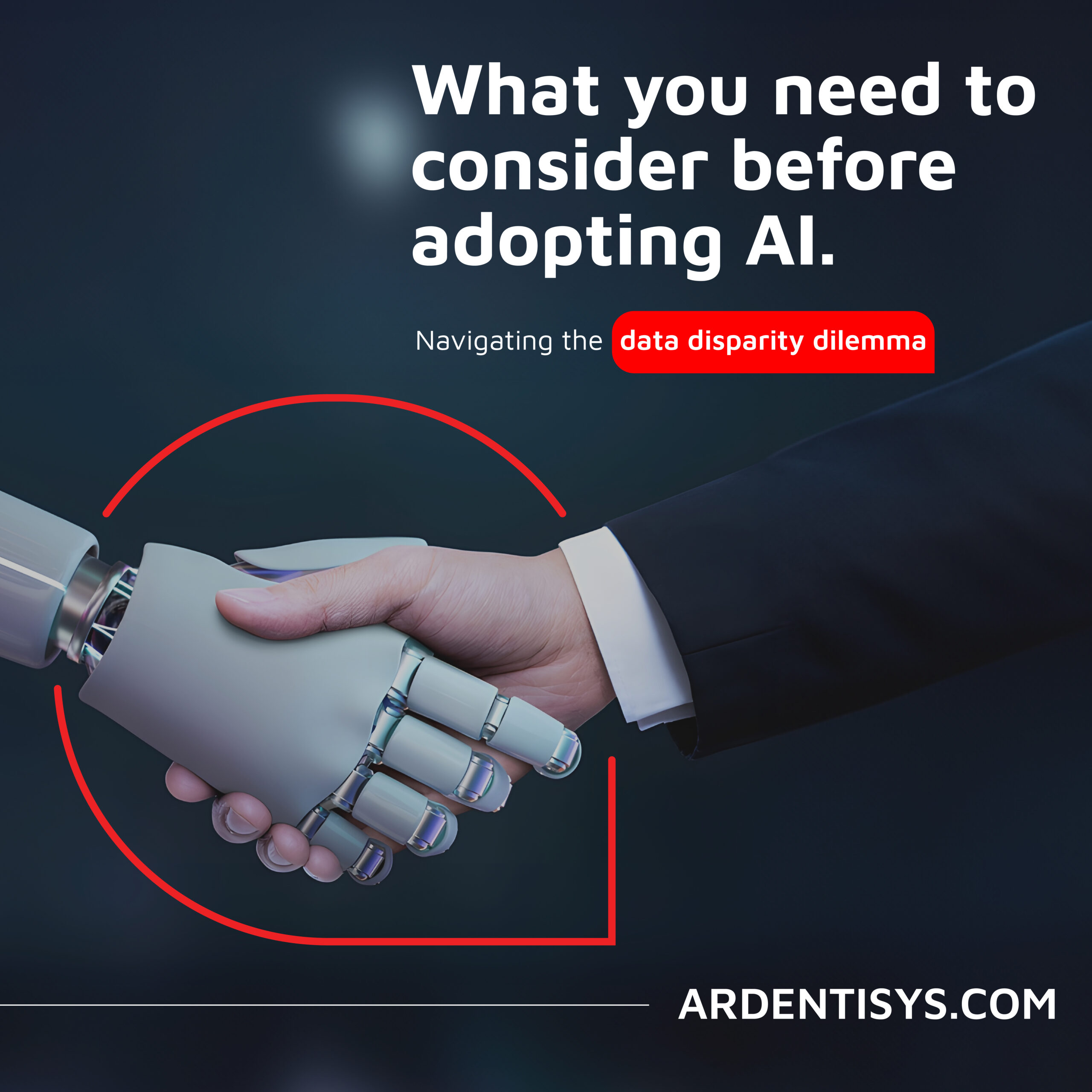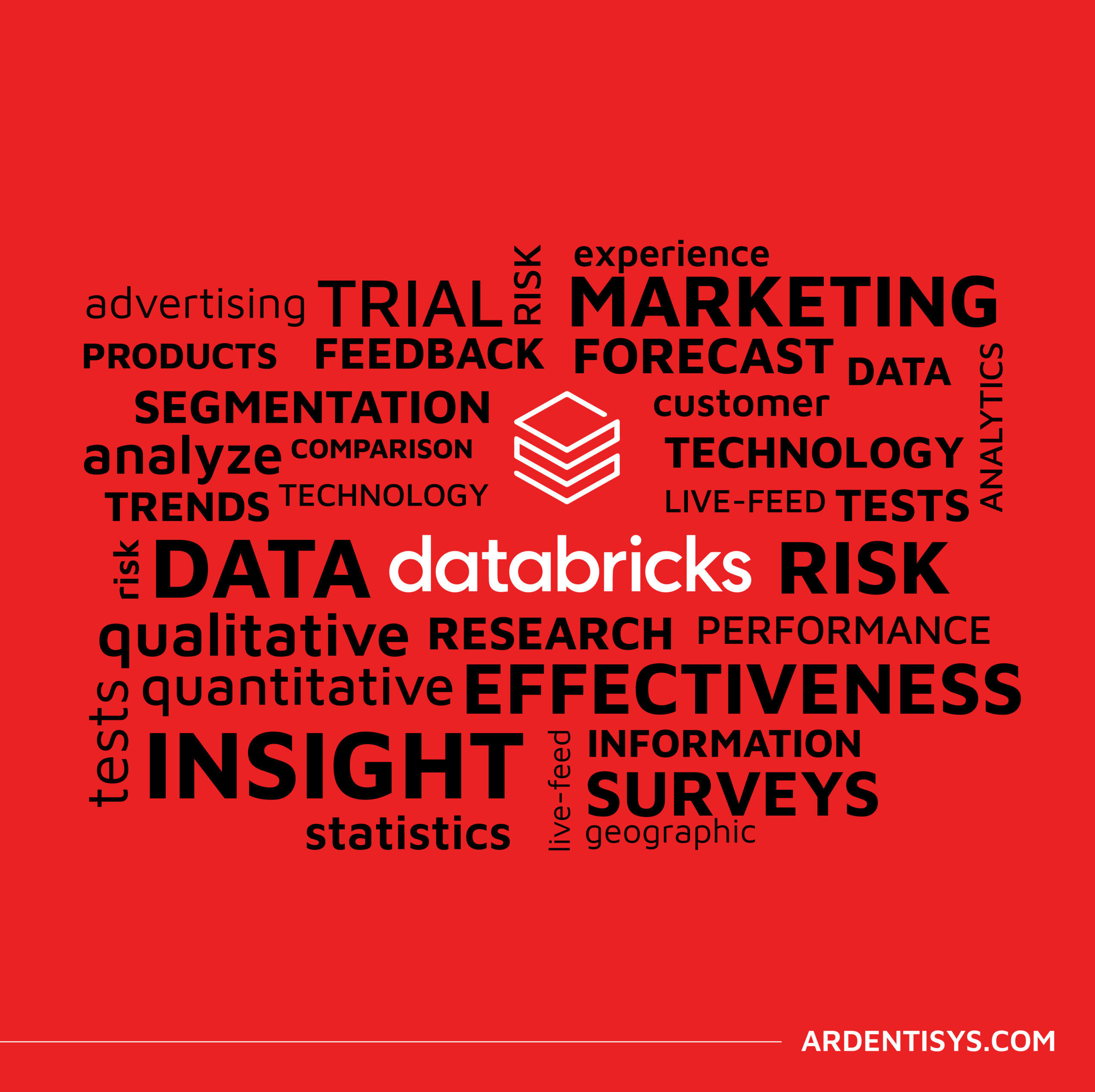Software product development life cycle – what you need to know
23 December 2022 | Noor Khan

Successfully completing a software development project is seen as quite a challenge by many organisations. According to a report by the Standish Group called ‘Annual CHAOS Report, around two-thirds of software development projects face some level of failure, whether that is partially or completely. This can be for a number of reasons, therefore planning is the key to mitigating the risk of failure. A software product development life cycle that is established, communicated and followed through on can reduce the risk significantly of a failing software project.
In this article, we will look at the key stages of the SDLC (Software Development Life Cycle) and the key stages to consider and implement for your software project to be a success.
What is a software development lifecycle?
A software development life cycle (SDLC) is the breakdown of the key stages of the software development process. Although it may differ for each company based on their teams, requirements and type of software, the following are generally the key stages of the SDLC:
- Analysis of the software requirements
- Establishing resource requirements
- Planning the software development
- Software development
- Testing software
- Software deployment
- Maintenance and optimisation
Analysis of the software requirements
The initial phase of any SDLC should be the analysis of the software requirements. The following are some questions you should explore and discuss with the relevant parties:
- What is the objective of the product itself?
- How will the software contribute to overall business goals and ambitions?
- Who will be using the software? What is the purpose of use?
- Are there key deadlines for the project?
- What are the technical requirements of the project?
Establishing resource requirements
Once you have answered the questions and explored your options for the analysis of the software you will need to establish the resource requirement of the projects. This will include multiple factors including:
- In-house software development – Audit your in-house resource. Do you have a team of software developers that can bring your vision to life adequately, within the deadline and budget?
- Outsource software development – If you do not have sufficient resources in-house or require a specific skill set or expertise, you may want to consider outsourcing your software development.
- Software team development structure – The team structure will depend on whether you utilise your in-house team, completely outsource your software development or work as a hybrid with an Extended Team Model (ETM).
- Technology requirements – If you are carrying out the development in-house, consider what technologies will be adopted. Will you need to licence any software or require any additional tools to help develop the software?
Planning the software development
The plan of the software development is essential as it will essentially encapsulate all the key stages of the SDLC. A software development plan should provide a roadmap of the software development with deadlines to ensure the project stays on track and is successfully completed within the set deadlines and budget. Here are some factors to consider for your software development plan:
- A clear objective
- Timeline to reflect each key deadline of the project
- Design plan of the software highlighting technologies, architecture, key features, UI requirements and security requirements.
- Defining team structure and expectations
- Budget with a breakdown of costs
- Risks assessment and mitigation plans
Software development
The next stage of the SDLC is the actual development of the software. You can get started with the actual building of the software, the structure of build and delivery will have to be agreed upon with timelines. If you are building comprehensive software, then the build and release may be phases based on features or the hierarchy of the software. Once the code is written and the team will begin with the testing phase.
Testing software
Testing of the software is essential to find any gaps and make improvements during the project. The software development team will test the software rigorously to find gaps, errors and bugs to resolve them. Testing will vary for each business based on the software and the team structure. If you are outsourcing, more than likely the software developers will first test the software, then it will be released for testing by the client and then it may even be tested by end users. The following are some of the errors and bugs the software should be tested for:
- Functionality
- User Interface
- Performance
- Security
This stage of the SDLC helps the business prepare the software for launch by mitigating the risk of bugs and issues in the development phase. However, although the software is tested by multiple parties, more often than not, the software will still face some bugs and issues. This is common and is seen in some of the biggest technologies in the world including Apple with iPhone.
Software deployment
Once the software has been tested it will be deployed into the live environment. This transition phase is critical in ensuring the success of the software. Based on requirements the software will be integrated with existing systems if necessary. Most businesses will then roll out the software in phases to a small percentage of users and then decide on further rollouts based on feedback and performance.
Maintenance and optimisation
Technology evolves and changes constantly, therefore your software needs to be agile enough to adapt to the change in the market and consumer demands and expectations. You can carry out the maintenance regularly in-house if you have the resource available. However, if your software has large volumes of users and requires optimal performance at all times, you may consider operational monitoring and support services. This will ensure your software is performing as it should and continuous optimisation is in play. Some of the changes made during this phase of an SDLC are the following:
- Updating software to newer versions
- Adding new features
- Fixing bugs and resolving errors.
Ardent custom software development service
Ardent has worked with clients across a variety of industries to bring their vision to life with custom software development services. We build software that is seamless to understand and use, high performing and built for scalability with leading technologies. Whether you have started on your project and have noticed gaps which are stopping you from completing your project successfully or want to build software from scratch we can help. Get in touch to find out more or explore our software development services.
Ardent Insights

Overcoming Data Administration Challenges, and Strategies for Effective Data Management
Businesses face significant challenges to continuously manage and optimise their databases, extract valuable information from them, and then to share and report the insights gained from ongoing analysis of the data. As data continues to grow exponentially, they must address key issues to unlock the full potential of their data asset across the whole business. [...]
Read More... from Software product development life cycle – what you need to know

Are you considering AI adoption? We summarise our learnings, do’s and don’ts from our engagements with leading clients.
How Ardent can help you prepare your data for AI success Data is at the core of any business striving to adopt AI. It has become the lifeblood of enterprises, powering insights and innovations that drive better decision making and competitive advantages. As the amount of data generated proliferates across many sectors, the allure of [...]
Read More... from Software product development life cycle – what you need to know

Why the Market Research sector is taking note of Databricks Data Lakehouse.
Overcoming Market Research Challenges For Market Research agencies, Organisations and Brands exploring insights across markets and customers, the traditional research model of bidding for a blend of large-scale qualitative and quantitative data collection processes is losing appeal to a more value-driven, granular, real-time targeted approach to understanding consumer behaviour, more regular insights engagement and more [...]
Read More... from Software product development life cycle – what you need to know






